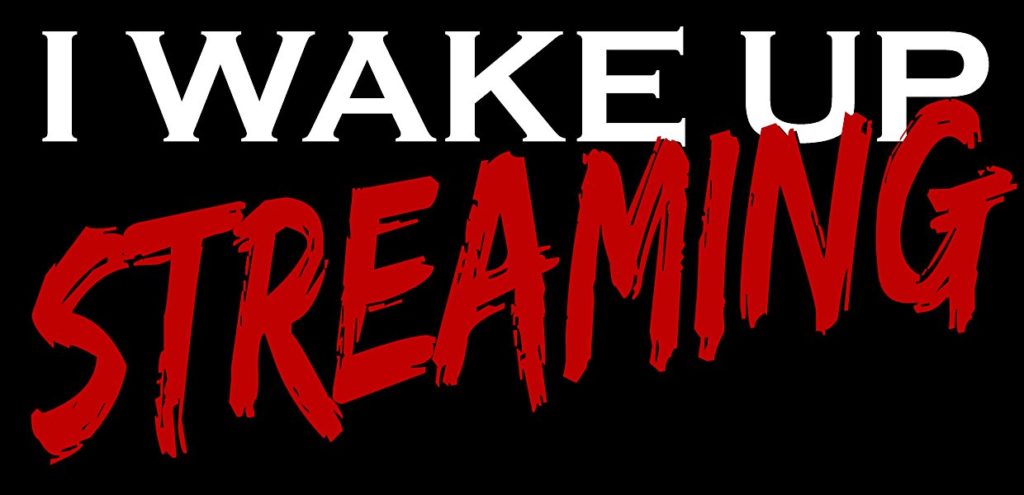
It’s a relatively quiet week as far as new streaming titles go, so I wanted to take some time to address a recent piece on IndieWire by film critic David Ehrlich that’s been circulating this week in regards to the relationship Netflix has with indie film. Titled “Netflix Keeps Buying Great Movies, So It’s a Shame They’re Getting Buried,” (Though the actual title of the page is the more inflammatory “The Better Netflix Movies Get, the Worse Netflix Gets for Movies”), Ehrlich uses the case of Adam Leon’s 2013 film TRAMPS, a comedy that performed well at festivals and is premiering on Netflix this Friday, to discuss the effect that Netflix, and home streaming in general, on audience impact for smaller, independent titles.
Let me begin by saying I have great respect for Ehrlich, and admire his film writing quite a bit. He’s an online critic that I respect even if I don’t agree with, and his end-of-the-year assemblies of his top 25 films are eagerly anticipated come December. The piece certainly makes some good points in regards to the streaming service, mentioning that the company’s reluctance to show data means that it’s impossible to judge how much a film is seen and the site’s current layout is reliant on quantity of product, rather than quality, and despite all of the algorithms in use, smaller titles are significantly less likely to be featured.
(There’s also quibbling about the new “thumbs up/thumbs down” ratings system, which is, to my understanding, beside the point. The ratings system wasn’t changed in order to get more “accurate” guides as to what users felt about the movies, it was changed in order to get a more accurate way to tell if you’d be interested in watching a movie, two very different data sets. But that’s a discussion for another column on its own.)
None of what Ehrlich states in the first half of the column is untrue. While Netflix has been doing a fine job at purchasing independent films (I DON’T FEEL AT HOME IN THIS WORLD ANYMORE, cited in the piece, is a prime example – add it to your queue now if you haven’t seen it!), it’s not especially adept at promoting the titles it has. This isn’t altogether surprising, as while the service has become great at promoting their own television series, a more “passive” form of entertainment that was created with the help of years of research that determined exactly what sort of thing Netflix viewers want to see (and thus, are eager to be marketed towards), the accumulation of independent films is a more recent development, and as it picks up these titles based on what’s already out there, the marketing tactics aren’t as clear. The rate of releasing films is much faster as well, with 1-2 new “exclusive” titles hitting the streams every Friday, and each in a slightly different genre with a different audience that needs to be reached.
The problem in Ehrlich’s piece is that, once mentioning these issues in passing, he essentially throws up his hands in despair and gives up, utilizing quotes from the Federation of French Cinemas (you know, those bastions of expertise in how to market to a wide audience) suggesting that online-only releases couldn’t actually be classified as “movies” due to the nature of how they’re being watched. He then falls down a cynicism hole, ruminating on how people watch movies on their phone questioning the nature of film because if it doesn’t play in a movie theater, it’s not a movie. It’s an impressive piece of faulty logic – is a written text not a book if it’s never been on a bookshelf? (From what I recall, movies came first, before movie theaters.) Ehrlich starts out with a provocative, and just, point, and then fails to follow it up with anything resembling a solution, instead choosing to yell at a cloud about how things used to be better. Does he mean the ‘90s, when Miramax was purchasing tons of independent and foreign titles and then never even releasing them to home video? Or earlier, when someone living in a city of less than a million people would have to drive for hours to see a potential one-time showing of an independent film, provided it played theatrically at all?
It’s Ehrlich’s descent into oldmandom in the latter part of the piece that makes the entirety of his point so frustrating. Instead of complaining about how these kids today with their phones and their Adam Sandlers are ruining the chance of millions of Americans to sit down and watch Jacques Rivette’s OUT 1, we should really be addressing the ways that Netflix can change its structure in order to promote the movies it has. After all, it’s in the best interest for all of us – film lovers get to be exposed to films they like, Netflix gets to have happy customers, and the Federation of French Cinemas gets to still be exclusionary for reasons they made up.
With that in mind, I present a few suggestions as to how Netflix, and Netflix watchers, can improve their viewing experience of indie films. This is, by far, not exclusive to Netflix, as other streaming services have exclusive titles as well, but services focused on a specific genre, like Shudder, are more able to promote titles they carry as their audience is already interested in the type of movie they’re carrying, and they’re small enough in order to spend time focusing on a specific film in their daily marketing. Similarly, art-house services like FilmStruck or Tribeca Shortlist, feature an already intentionally curated selection meant for audiences amenable to independent film. Mainstream services, however, with a huge audience and much more diverse marketing needs, don’t really know what to do.
(“Giant media distributors having no idea how to market smaller, independent films” isn’t a new concept. In the late ‘90s and through the 2000s, you may recall Blockbuster Video doing a similar tactic with a series of indie films that they picked up for exclusive distribution. Some of them were even good! While each store carried dozens of copies of these titles, however, the company really didn’t quite know how to get people to rent them, so the likes of IF… DOG… RABBIT…, STARSTRUCK and ADVICE FROM A CATTERPILLAR vanished into cultural limbo. Weirdly, one film, THE BOONDOCK SAINTS, survived this fate, going on to appear on the walls of frat boys for decades to come.)
- Use Those Algorithms
We keep getting told that Netflix uses insanely complicated data points in order to determine our personal tastes, with the system not only taking into consideration what we watch and queue, but how long we watch it, when we pause, how long something stays on our queue and more. And yet the first thing that pops up on my screen when I go to www.Netflix.com is this:
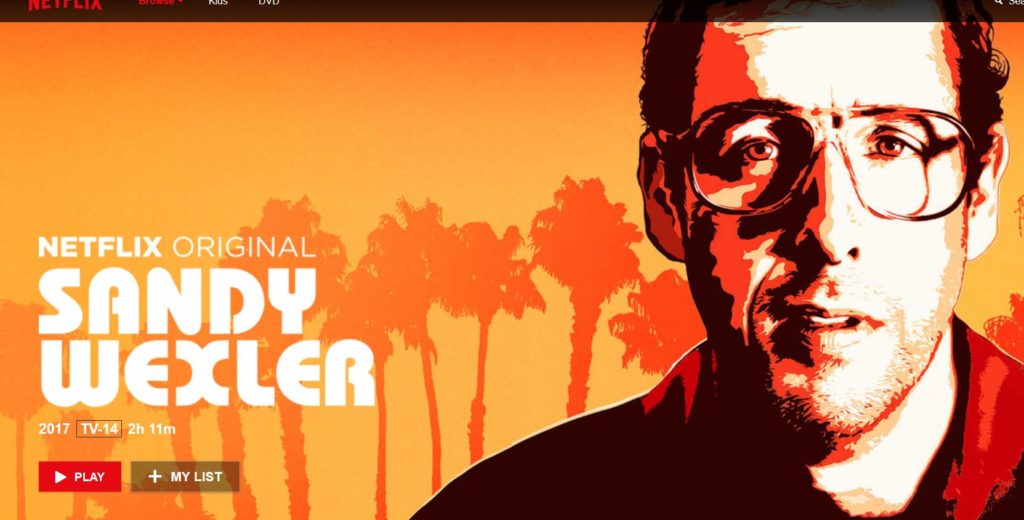
This isn’t helping, and I refuse to believe you’ve used any information about my personal Netflix choices to promote this. I realize that it’s the company’s “big film” (and I know that millions of people watch these Sandler movies), so I don’t object to its being there, but surely all of this data can be used in order to sell me on THE DISCOVERY or WIN IT ALL or any other number of the smaller films that you’ve acquired that are more in line with what I’d be watching. Ehrlich is correct when he talks about how a smaller film just gets buried, and I’ve yet to hear any valid reason why that’s the case.
- Stop Making Everything Look Like a Stand-Up Comedy Special
I get it! Netflix started building its exclusive content based on stand-up specials, and the company got very good at marketing those. (It’s actually pretty easy – show a well-known comedian talking into a microphone.) The problem is that virtually all of their exclusive shows and movies are marketed exactly the same – one face, a background, and that’s it. Let’s take a look at how the sci-fi drama THE DISCOVERY, with Robert Redford, Jason Segal and Rooney Mara is displayed on its site.
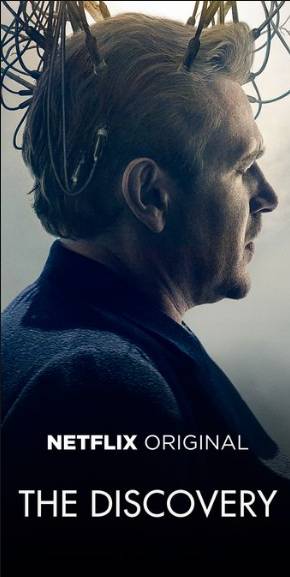
What is this? Is it a documentary about brain research? Is it about robots? Is it a stand-up comedy special starring some guy sleeping? Is it… a heady sci-fi drama with an all-star cast from a director whose first film (THE ONE I LOVE) was well-regarded by Netflix audiences? And why did I have to scroll through two pages of “Netflix exclusives” just to find it, when I should be the target audience for this sort of thing? Many of these films have generic titles, and giving them generic artwork isn’t going to help attract an audience. I realize that the company is trying to “brand” their titles, but there’s got to be a better way to do so.
- Use Social Media
I know social media is a tricky thing, because you’re always going to get responses to stuff you post that have no relevance whatsoever with the post itself or just posting negative comments because they have no joy in their lives, but, y’know, you can ignore them or delete the messages. Netflix’s social media seems entirely devoted to promoting their bigger TV series and standup specials – a link for the review of THE DISCOVERY was posted on April 10, but that’s the only mention of any of their exclusive films (save for a couple entries about upcoming releases) since the beginning of the month.
And where Netflix’s marketing department fails, audience members can step up. If you see something (good), say something online – In my neck of the woods, I DON’T FEEL AT HOME received a huge amount of social media attention, and I can honestly say that I wouldn’t have been as quick to check it out had it not been for several friends pointing it out. Netflix is terrible at social media interaction, so we have to make up for that as audience members.
- Make It Feel Like a Movie
Netflix, despite its name, is becoming known more as a TV service than one for movies. I’d love to see Netflix offer something like the ability to view in “movie mode” – preparing some sort of pre-movie “show” welcoming you to the feature and potentially showing a preview or two (BUT NO MORE) before the film itself. Watching a movie wouldn’t just be clicking a button – it would be sitting down and settling in for an experience. Obviously, this wouldn’t be for the more passive, phone viewer, but it would be a great way to build atmosphere and give viewers second thoughts before clicking away and on to something else. Good movies require commitment and attention that TV series don’t, and that commitment should be rewarded somehow.
- Advertise and Reach Out
Seriously, Ehrlich is correct that nobody is going to watch movies if nobody knows they’re there. Netflix does a fine job with doing bulk advertising of itself as a service, but is poor on the particulars. How hard would it be to come up with new banner ads touting their newest indie film to sell to sites with appropriate audiences? There’s no reason I shouldn’t be seeing ads for GIRLFRIEND’S DAY on Splitsider, THE DISCOVERY on io9 or TRAMPS on IndieWire.
Similarly, I rarely see reviews for these films, and it’s not as though they’re not easy to watch. Just sending press releases out to film sites would be a step in the right direction. Netflix’s social media is obviously amenable to posting links to positive reviews, so there’s no reason why they shouldn’t be accumulating more of them.
Anyway, enough of my jibber-jabber. Let’s move on to an admittedly week weak of new streaming titles.
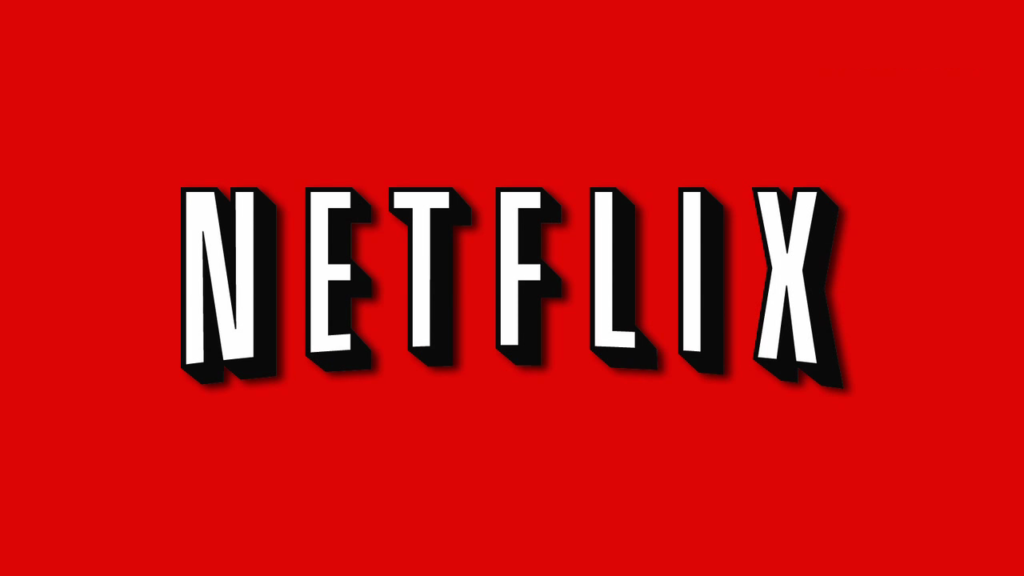
Netflix
I hear TRAMPS is pretty good. Other than that, the new options are the British thriller A PATCH OF FOG, Disney’s underrated ATLANTIS: THE LOST EMPIRE and Al Pacino in David Gordon Green’s MANGLEHORN.

IndiePix Unlimited
I hadn’t mentioned IndiePix Unlimited, but they’re a smaller streaming service with some fine indie film selections, including the roller derby doc HELL ON WHEELS, the air hockey doc WAY OF THE PUCK, and 2015’s recommended Ethiopian sci-fi pic CRUMBS.
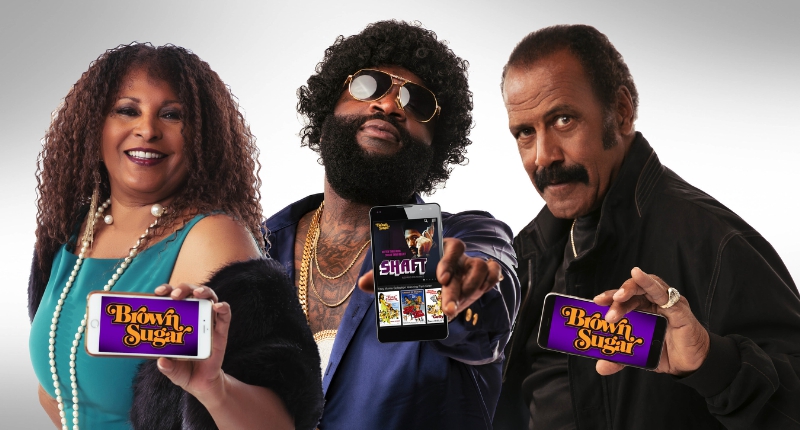
Brown Sugar
This isn’t listed as a “new release,” but I swear that 1970’s HALLS OF ANGER (starring Calvin Lockhart) wasn’t there last week.
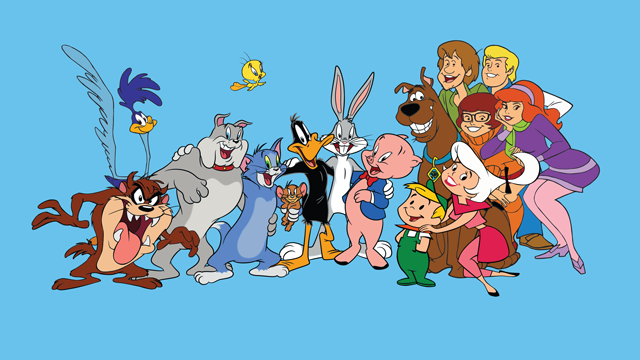
Boomerang
Another new streaming service, specializing in classic cartoons for $4.99 a month. There’s plenty of Looney Tunes and Popeye to be had, along with features like HEY THERE, IT’S YOGI BEAR and THE GOOD, THE BAD AND HUCKLEBERRY HOUND.

Exploitation.TV
New titles this week include a pair of explicit documentaries from 1971 – Alex deRenzy’s SEXUAL ENCOUNTER GROUP and INNOCENCE ABROAD.
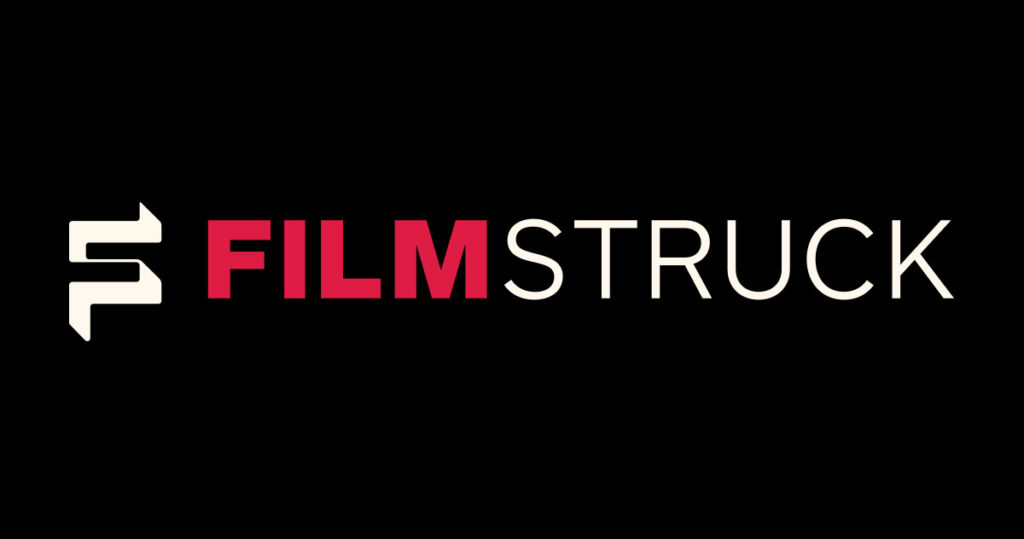
FilmStruck
FilmStruck focuses on Kevin Kline with A FISH CALLED WANDA, SOPHIE’S CHOICE, and QUEEN TO PLAY. Also, Cronenberg’s THE BROOD, which doesn’t seem to be part of any series, but who cares? It’s THE BROOD.
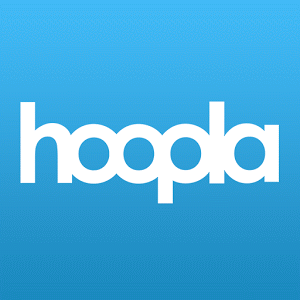
Hoopla
New titles include the low-budget sequel ANOTHER YETI LOVE STORY (which Matt reviewed for us here!) and the time travel flick HAMLET’S GHOST.
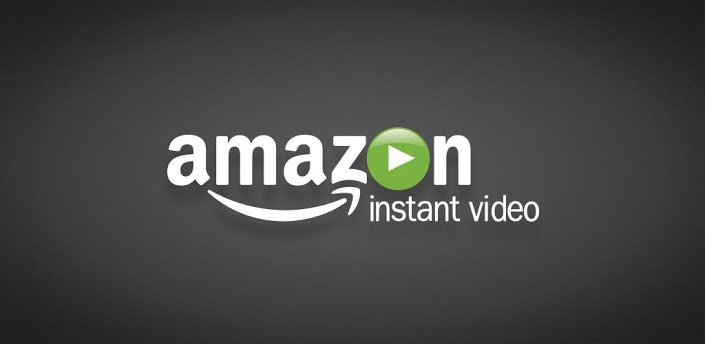
Amazon
New psychotronic titles on Amazon include MURDERLUST (I just wrote about that here!) and CURTAINS (which I wrote about here!). The second season of the British crime series Fortitude is also available.

Hulu
Hulu’s got Brie Larson in the excellent SHORT TERM 12, Burt Reynolds in GATOR, Charles Band’s EVIL BONG 666 (makes me sorry this didn’t get published on 4/20), a pair of notable documentaries (GOODNIGHT BROOKLYN: THE STORY OF DEATH BY AUDIO and ZIMBELISM: GEORGE S. SIMBEL’S 70 YEARS OF PHOTOGRAPHY) and a host of new lower-budget horror flicks including THE SUMMONING (with Eric Roberts), NEEDLESTICK (with Lance Henriksen), Stephen Biro’s BUBBA THE REDNECK WEREWOLF based on Mitch Hyman’s comic book, WILD MEN, CREATURE LAKE, CATATONIA, the Columbia-set hospital horror pic CITY OF DEAD MEN, the UK-lensed apocalyptic haunted house film THE UNFOLDING, and the time-travel sci-fi film HAMLET’S GHOST.
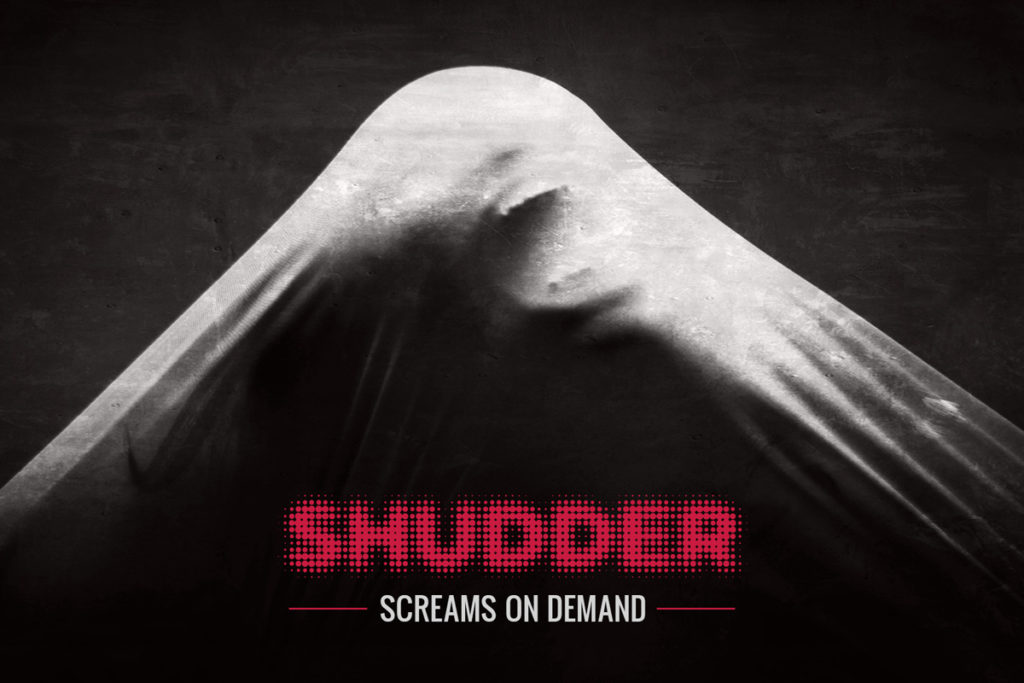
Shudder
Neat stuff from Shudder this week, in the form of the explicit Mexican-French horror pic WE ARE THE FLESH (Jason Coffman wrote about it here), the excellent 1992 BBC horror mockumentary GHOSTWATCH (seriously, check it out!), Steve Coogan’s BBC homage to horror anthologies Dr. Terrible’s House of Horrible, and the BBC horror series The Fades.
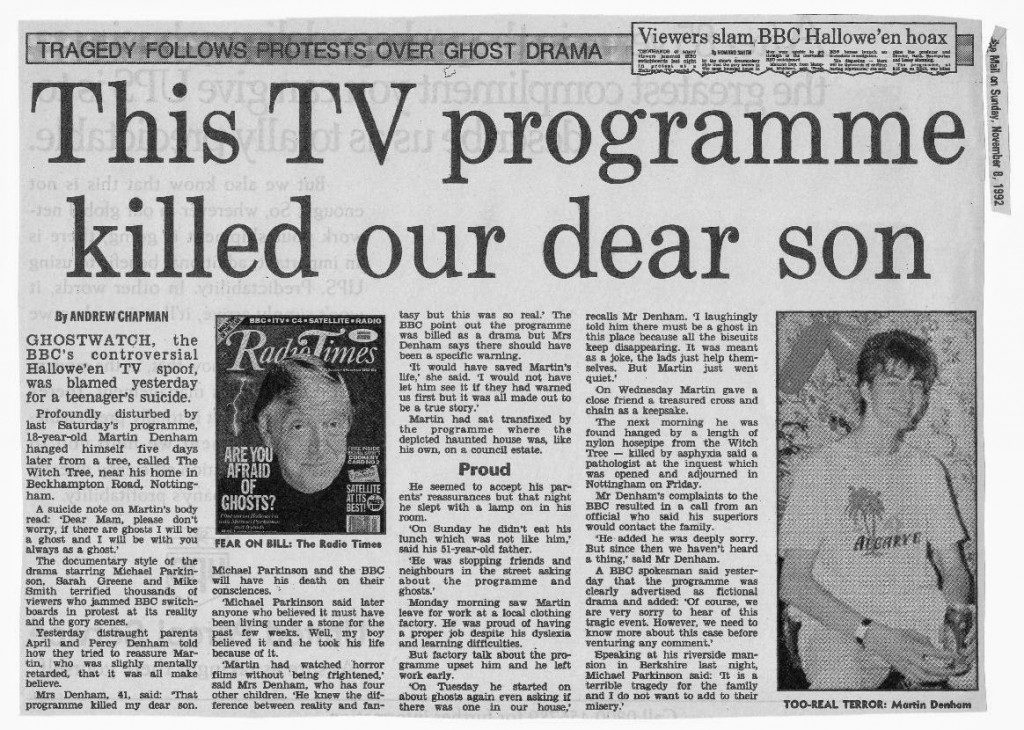
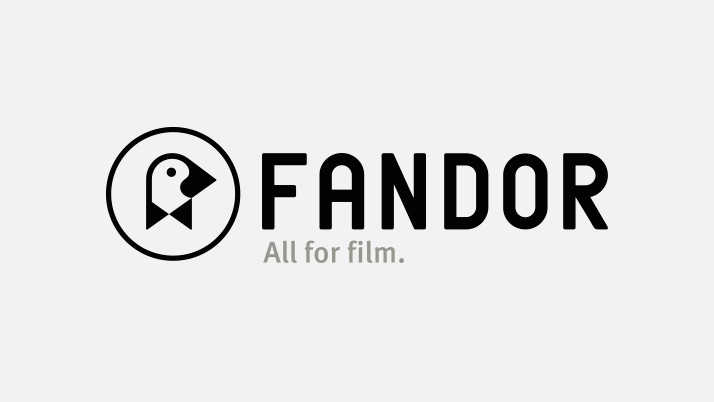
Fandor
New on Fandor this week is Leslie Stevens’ recently-unearthed 1960 crime film PRIVATE PROPERTY with Warren Oates. It was condemned by the Catholic Legion of Decency, so it must be good.
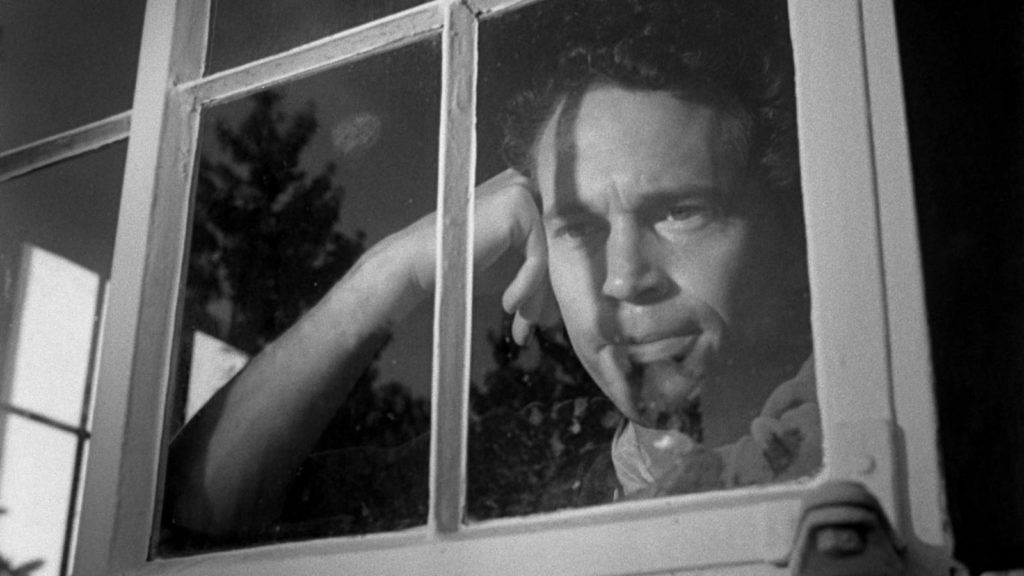
Like I said, it’s a slow week, but that should give you a chance to catch up on some things already in your queue. In the mean time, maybe check out some of Netflix’s exclusive movies? It’ll make David Ehrlich happy.
- JIM WYNORSKI RETURNS WITH THE CREATURE FEATURE ‘GILA’ - May 1, 2014
Tags: Adam Sandler, amazon, Boomerang, Brie Larson, Brown Sugar, Burt Reynolds, Charles Band, Columns, Controversy, Eric Roberts, Exploitation.TV, Fandor, FilmStruck, Hoopla, Hulu, IndiePix Unlimited, Lance Henriksen, Netflix, Opinions, Robert Redford, Rooney Mara, Shudder, streaming, Warren Oates

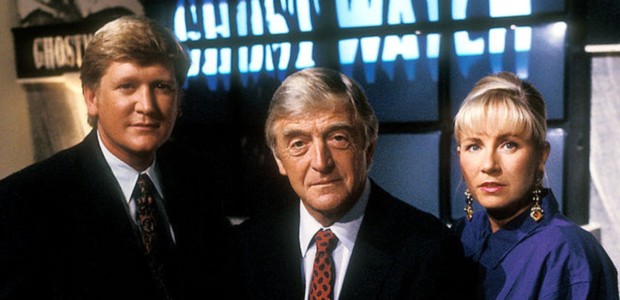

No Comments